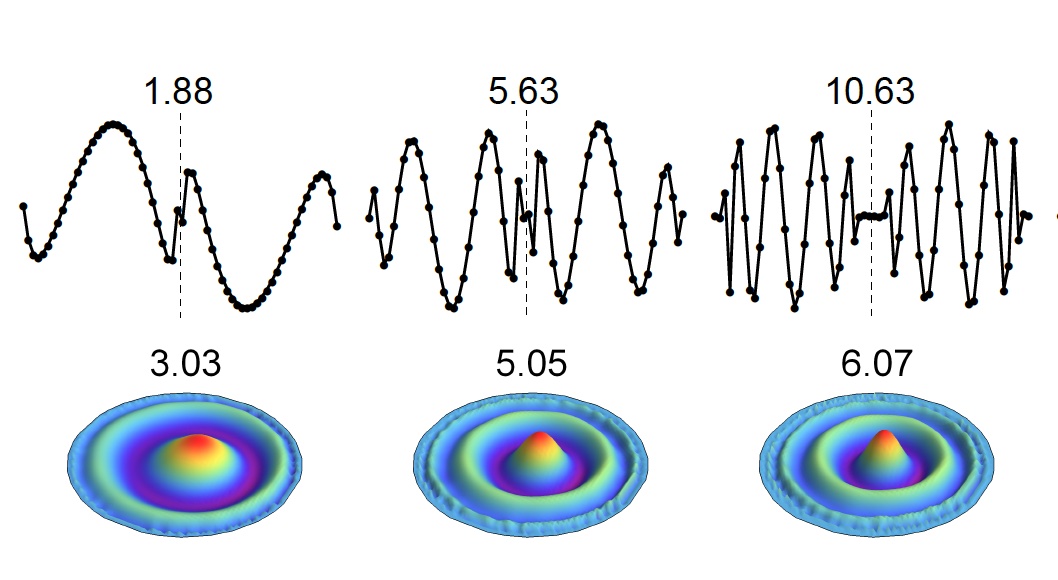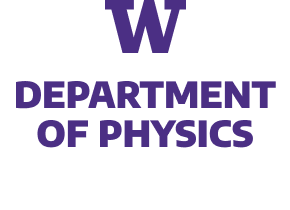
Entanglement in Quantum Field Theories
Martin Savage, UW

I will discuss entanglement in quantum field theory, focused on results obtained in lattice massless, non-interacting scalar field theory and implications for low-energy effective field theories … Phys.Rev.D 103 (2021) 6, 065007, e-Print: 2008.03647 [quant-ph] and e-Print: 2103.14999 [hep-th]. In particular, disjoint regions of the latticized, massless scalar field vacuum become separable at large distances beyond the entanglement sphere, a distance that extends to infinity in the continuum limit. Through numerical calculations in 1-, 2- and 3-dimensions, the radius of an entanglement sphere is found to be determined by the highest momentum mode of the field supported across the diameter, d, of two identical regions. As a result, the long-distance behavior of the entanglement is determined by the short-distance structure of the field. Effective field theories (EFTs), describing a system up to a given momentum scale Λ, are expected to share this feature, with regions of the EFT vacuum separable (or dependent on the UV-completion) beyond a distance proportional to Λ. The smallest non-zero value of the entanglement negativity supported by the field at large distances is conjectured to be ∼ exp(-Λd), independent of the number of spatial dimensions. This phenomenon may be manifest in perturbative QCD processes.




